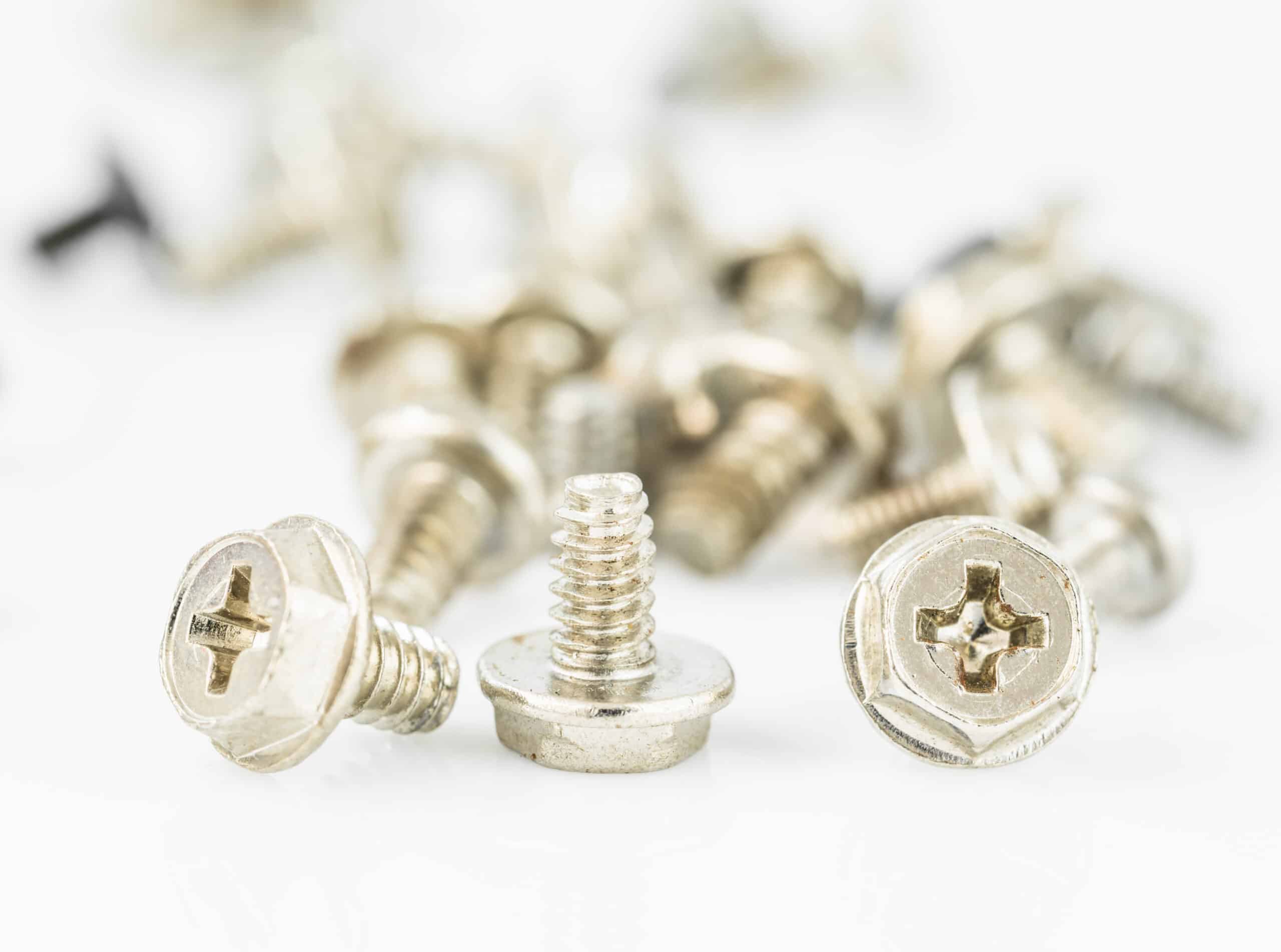How to Stop a Screw from Stripping
Key Takeaways
- Using the right tools and hardware is crucial for preventing screw stripping, including using the correct bit size and considering using Torx screws instead of Phillips head screws.
- Screwing straight and holding the screwdriver or impact driver in line with the screw can help prevent stripping.
- Applying the right amount of force, starting with light force and gradually increasing pressure, is essential to prevent stripping.
Stripping screws can be a frustrating experience, causing delays in your projects and sometimes even damaging the materials you are working with. Fortunately, there are several effective techniques you can employ to prevent screw stripping and ensure smooth and successful installations. In this article, we will explore the best practices recommended by experts to stop a screw from stripping.
1. Use the Right Tools and Hardware
One of the most crucial factors in preventing screw stripping is using the appropriate tools and hardware. It is essential to ensure that you have a screwdriver or driver bit that is suitable for the type of screw you are using. Using the wrong tool can lead to poor engagement and increased chances of stripping.
Experts recommend using the correct bit size for your screw to ensure maximum contact between the driver/bit and screw head. It is also important to discard old and beat-up driver bits as they are more likely to slip and strip the screw.
Additionally, considering using Torx screws instead of Phillips head screws can provide better grip and reduce the chances of cam-out and screw stripping.
2. Screw Straight
Proper technique is crucial when it comes to preventing screw stripping. Make sure you are screwing straight and holding the screwdriver or impact driver in line with the screw. Avoid angling the tool as it can cause the driver to slip and strip the screw head.
3. Apply the Right Amount of Force
Applying the right amount of force when driving a screw is essential to prevent stripping. Experts advise starting with a calm, even start and applying enough torque to break the screw loose, but being cautious not to exert excessive pressure. Over-tightening can lead to stripped screws, especially when using an impact driver.
It is recommended to start with light force and gradually increase pressure when turning the screw. This approach allows for better control and minimizes the risk of stripping.
4. Create a Pilot Hole
When working with wood, creating a pilot hole before driving the screw can significantly reduce the chances of stripping. A pilot hole provides a proper place for the screw to enter, reducing the amount of force required and preventing the wood from splitting.
5. Be Mindful of Screw Type and Material
Choosing the right screw type and considering the material you are screwing into is crucial for preventing stripping. Different screws are designed for specific materials, and using the wrong type can lead to poor engagement and increased chances of stripping.
6. Additional Tips
There are a few additional tips to keep in mind when working with screws to prevent stripping:
- Keep the driver perpendicular to the screw head to avoid working at an angle.
- Fully seat the tip of the driver into the screw head recess before turning.
- Avoid pushing too hard on the screw head to prevent the driver from popping out of the recess.
- If a screw starts stripping, stop immediately and reassess the situation. Consider using a different screwdriver or extracting the screw and using a new one.
Conclusion
Preventing screw stripping requires attention to detail, proper technique, and the use of the right tools and hardware. By following the best practices recommended by experts, such as using the correct bit size, screwing straight, applying the right amount of force, creating a pilot hole, and considering the screw type and material, you can significantly minimize the chances of encountering stripped screws during your projects.
Related Websites:
FAQs:
Q: What is a stripped screw and how does it occur?
A stripped screw occurs when the grooves on its head are damaged, making it difficult to turn. This can happen due to excessive force, using the wrong drill bit size, or using low-quality screws.
Q: What are the consequences of using stripped screws?
Using stripped screws can result in reduced grip, causing the screw to loosen over time. It can also damage the materials being worked on, leading to structural issues or compromised durability.
Q: How can I prevent screw stripping?
To prevent screw stripping, make sure to choose the right tools and materials, apply proper technique and control, prepare the work surface correctly, and consider using lubrication or adhesive. These measures will help minimize the risk of screw stripping.
Q: What should I do if I encounter a stripped screw?
If you encounter a stripped screw, there are techniques to repair it. You can try using a rubber band or applying epoxy to regain grip. However, it’s always best to prevent stripping in the first place by following the recommended prevention tips.
Q: How important is it to prevent screw stripping?
Preventing screw stripping is crucial for successful DIY projects. It ensures a secure and long-lasting hold, reduces the risk of material damage, and saves time and effort spent on repairs. By following the suggested tips, you can minimize or prevent screw stripping altogether.





